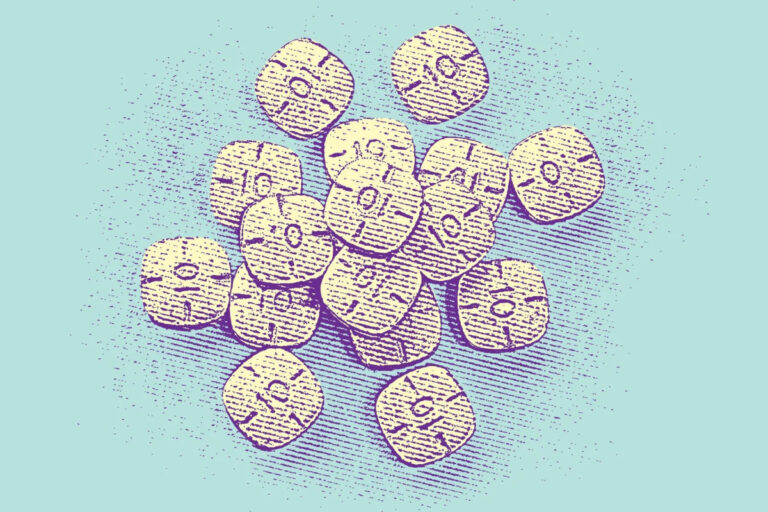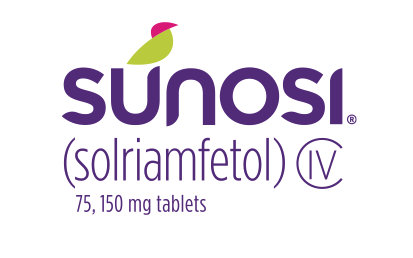Modafinil vs. Adderall: Detailed Insights into Two Prominent Stimulants
Modafinil and Adderall are central nervous system stimulants commonly used to treat conditions like narcolepsy and ADHD. While both enhance alertness and focus, they differ in their characteristics, uses, and side effects. Comparing these medications can help clarify their applications and potential implications.
Description of Modafinil
Modafinil, developed in the late 20th century, is primarily prescribed to address excessive sleepiness associated with narcolepsy, obstructive sleep apnea, and shift work sleep disorder. It operates by altering neurotransmitters in the brain to promote wakefulness. While not FDA-approved for ADHD, it is occasionally used off-label for this purpose. Side effects of Modafinil are generally mild but can include headaches, nausea, and, rarely, more serious conditions like Stevens-Johnson Syndrome.
Description of Adderall
Adderall, a combination of amphetamine and dextroamphetamine, has been a longstanding treatment for ADHD and narcolepsy. Its mechanism includes increasing levels of dopamine and norepinephrine in the brain, enhancing focus and reducing impulsivity. Adderall is known for its significant potential for addiction and dependence, with side effects ranging from loss of appetite to insomnia and mood swings.
Comparison of Modafinil and Adderall
Mechanism of Action
Modafinil and Adderall impact different neurotransmitters in the brain, with Modafinil primarily increasing dopamine levels and Adderall affecting both dopamine and norepinephrine.
Efficacy in Treating Conditions
Both medications are effective in their respective FDA-approved uses. However, their effectiveness can vary based on the individual’s specific health condition and reaction to the drug.
Side Effects and Health Risks
Adderall’s side effects are typically more pronounced than those of Modafinil, with a higher risk of addiction and dependency. Modafinil’s milder side effect profile makes it a safer option for some patients.
Regulations and Classifications
As controlled substances, both drugs are regulated, but Adderall is classified at a higher level due to its greater potential for abuse.
Off-Label Uses and Concerns
Modafinil and Adderall are sometimes used off-label for conditions they are not FDA-approved to treat. This practice, while common, raises ethical and medical considerations due to the lack of extensive research in these areas.
Patient Considerations and Prescribing Practices
The choice between Modafinil and Adderall depends on individual factors like medical history, the specific disorder, and the patient’s overall health profile. Physicians must carefully assess these factors before prescribing either medication.
Conclusion
In conclusion, Modafinil and Adderall offer valuable benefits for their approved uses. However, their distinct profiles in terms of efficacy, side effects, and risk of addiction necessitate careful consideration and tailored prescribing practices to ensure optimal patient outcomes.








